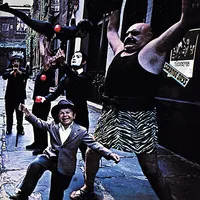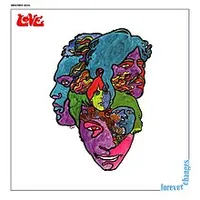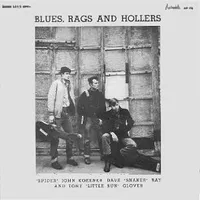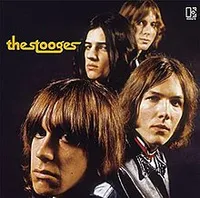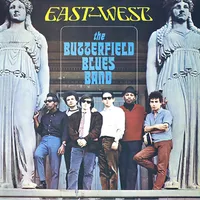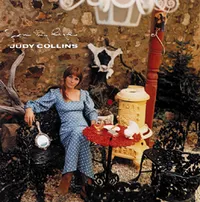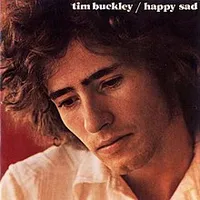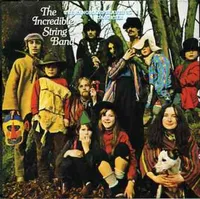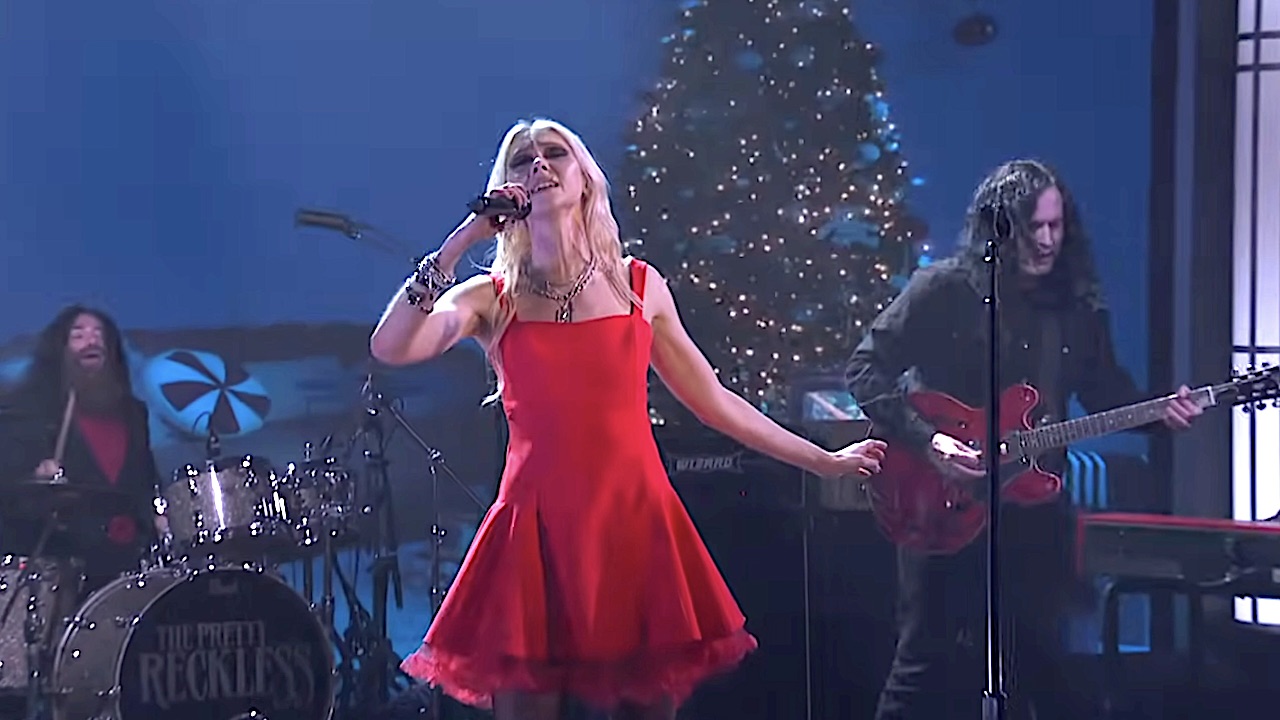The Elektra Records albums you should definitely own
The best of an incredible catalogue from the early years of Elektra Records, one of the USA‘s most important, free and forward-thinking labels
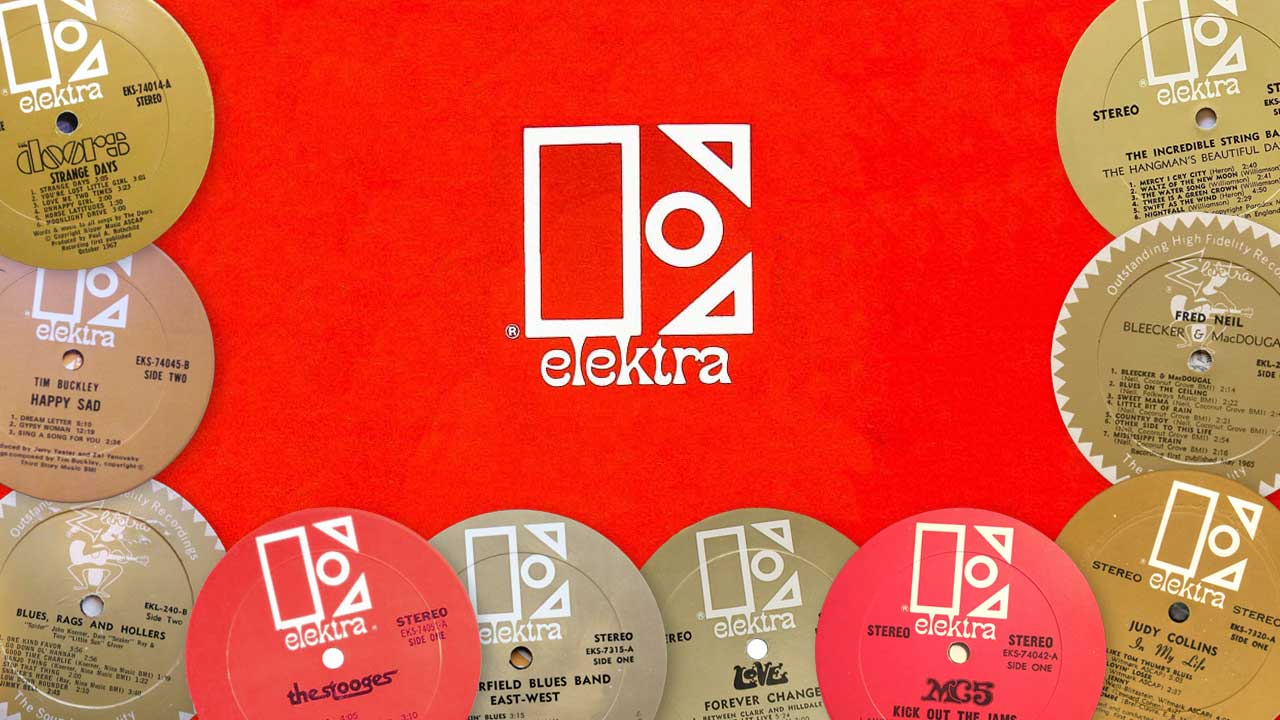
When The Doors’ Light My Fire crashed to No.1 in 1967, it was a remarkable achievement for the seemingly idiosyncratic Elektra Records. Yet Elektra was hardly the ‘small independent folk label’ that so many histories of The Doors would have us believe.
Love had breached the Top 40 the year before, and initially The Doors wanted little more than to be as big as Love. But The Doors took Elektra to another level, light years from the label founded in 1950 by 19-year-old college student Jac Holzman.
From modest beginnings Elektra became one of the key US folk labels, releasing albums by Jean Ritchie, Josh White and Bob Gibson alongside world music titles, folk anthologies, and two successful series of bawdy songs by Ed McCurdy and Oscar Brand that kept the label afloat. By the 60s, Elektra, based in New York’s Greenwich Village, was in pole position to sign many of the leading topical singer-songwriters and blues stylists who had gravitated there.
Elektra snared Phil Ochs, Tom Paxton, Judy Collins, Fred Neil and Tom Rush. But the group that most facilitated Elektra’s shift towards rock was the Paul Butterfield Blues Band, whose ferocious 1965 debut album was the label’s first stab at recording full-on electric music. Significantly, it was produced by Paul Rothchild, soon to be dubbed the ‘fifth member’ of The Doors.
Above all, it was Jac Holzman who guided and nurtured Elektra, his taste and ingenuity often allowing the label to gamble on highly unlikely projects. In 1964 he launched the Authentic Sounds Effects series and couldn’t press them fast enough. With no publishing or artist royalties to pay, it was a licence to print money.
Holzman also launched Nonesuch that year, initially a budget classical label, it revolutionised the classical market and netted millions – enough to bankroll Elektra’s second home in California, where Holzman immediately found Love and The Doors.
By 1970, Elektra was part of the Warner Music Group, enjoying success with Bread, Carly Simon and Judy Collins, among others. Holzman moved on in 1973. In 2020 Elektra celebrated their 70th anniversary. But it’s Holzman’s era – albeit the tip of the iceberg – that we explore here.

The Doors - Strange Days (1967)
The Doors were the first US rock band. The Byrds established a template that bands continue to adopt to this day, but no one ever sounded like The Doors. Jim Morrison grabbed the headlines and was an indomitable presence, but all four members were essential in creating that sound and a staggering six studio albums in under five years.
Four are undisputed classics: The Doors, Strange Days, Morrison Hotel and LA Woman. Strange Days, recorded in the afterglow of Light My Fire hitting No.1, uncovers the flip-side of the Summer of Love, its darker edges explored in the disenfranchised lyrics of People Are Strange and When The Music’s Over.
Elektra’s first taste of pop success came with My Little Red Book from Love’s 1966 debut album, and the explosive 7 And 7 Is from the more richly textured Da Capo, the latter hinting at the orchestral delights that characterised Forever Changes. Now lauded as one of the great rock albums, in the US it flopped commercially (Rolling Stone’s off-beam review at the time declared: “Its weakest point is the material”.)
Dictatorial, mercurial bandleader Arthur Lee broke up the band, and a new Love recorded the simpler, rockier, overshadowed Four Sail, Lee‘s Elektra swansong. It was his last truly focused work, Holzman bemoaning that Lee “couldn’t keep it together to show the world his true talent“.
Koerner, Ray & Glover - Blues Rags And Hollers (1963)
John Koerner, Dave Ray and Tony Glover were young, white blues fanatics from Minneapolis whose album – basic, committed roots music – was a vital shot in the arm for Jac Holzman. Robby Krieger of The Doors was a huge fan of the trio whose brash guitars combined with Glover‘s gutsy harmonica.
“It had a real beat,” says Krieger, “even though they didn‘t have bass or drums.” When Holzman met The Beatles to get permission for a baroque treatment of their songs, he found that both George and John were fans, and Lennon stated: “Anyone who records Koerner, Ray & Glover is okay with me.”
MC5 - Kick Out The Jams (1969)
On the recommendation of Elektra PR man Danny Fields, in the space of a weekend, Holzman snapped up The MC5 for $15,000, and The Stooges for $5,000. Two months later, Doors engineer Bruce Botnick recorded the MC5 – a fusion of high-energy rock’n’roll with deafening blasts of jazz and blues – at Detroit’s Grande Ballroom.
The next day, November 1, 1968, manager John Sinclair founded the White Panthers with the MC5 its house band. Sinclair’s inflammatory politics and the band’s attraction for miscreants didn’t ruffle Holzman – until they took out an ad saying ‘Fuck Hudson’s’, a Detroit retailer that refused to stock their album.
The Stooges - The Stooges (1969)
Recorded in April 1969, The Stooges was unleashed during the weekend of Woodstock. It sold moderately but the band lasted with the label for just one more album than the MC5. Produced by John Cale, The Stooges’ uncompromising debut unveiled future classics in No Fun, 1969 and I Wanna Be Your Dog.
It was lucky that Holzman had already signed them when he eventually saw them play to seven people – and were awful. “But after Jac sent them away to write,” recalls Danny Fields, “they came up with those songs.” After Fun House they were dropped, but two albums that would have far-reaching impact had arrived.
The Butterfield Blues Band - East-West (1966)
The Paul Butterfield Blues Band provided the bridge from folk and blues into rock; the core group, including dazzling guitarist Mike Bloomfield, backed Dylan at the Newport Folk Festival in 1965 where he divided folk purists by famously plugging in.
Led by harmonica man Butterfield, their debut that year paved the way for young white kids to play electric blues, injecting a gritty energy into Chicago blues standards and originals. They helped kick-start the acid-fuelled San Francisco ballroom scene, their long improvisational jams inspired Jefferson Airplane, The Grateful Dead and Santana.
Fred Neil - Bleecker And MacDougal (1965)
A towering figure in Greenwich Village in the early 60s, Neil rarely recorded, and his songs are best known through covers, notably Nilsson’s Everybody’s Talking. Neil’s own versions were definitive, brought to life by a deep, resonant voice that carried the troubles of the world. He soaked up folk, blues, jazz and pop styles, performed by an ensemble including John Sebastian and Felix Pappalardi.
The musician’s musician, he inspired so many: Gram Parsons, David Crosby, Stephen Stills. Did CSN consider calling themselves The Sons Of Neil? “That I don’t recall,” says Stephen Stills, “but it’s possible. He was such a huge influence.”
Judy Collins - In My Life (1966)
Judy Collins remained with Elektra for 23 years, long after Jac Holzman left in 1973. She embraced the Doors’ music but rock was never for her, preferring to pitch her crystalline voice in settings that began in traditional folk but became increasingly adventurous and baroque. As much as anyone, Collins championed up-and-coming songwriters, including Dylan, Tom Paxton, Erik Anderson and Gordon Lightfoot.
In My Life takes in Brech/Weill, the Marat Sade, Jacques Brel, Donovan, and the first ever recordings of any Leonard Cohen material: Suzanne and Dress Rehearsal Rag. Collins recalled that Cohen wanted to find out “if they were even songs”.
Tim Buckley – Happy Sad (1968)
Holzman signed Tim Buckley on the strength of a six-track demo, smitten by an exquisite thin wire of a voice that simply got better, expanding in its range and scale of ambition. By Happy Sad, Buckley’s third Elektra album, the voice had become an instrument in itself amid the laid-back, jazzed-up arrangements, such as Love From Room 109 At The Islander (On Pacific Coast Highway).
Buckley’s earlier recordings were more elaborately arranged, with intricate, poetic songs, as far removed from the cool vibes of Happy Sad as the daring improvisations of his final Elektra release, Lorca, and the jazzed-up funk of his later work.
The Incredible String Band - The Hangman’s Beautiful Daughter (1968)
The only UK group of any note to sign to Elektra until Queen in 1972, ISB were the ultimate eclectic folk act, signed by Joe Boyd, then running Elektra’s London office. With 1967’s 5000 Spirits Or The Layers Of The Onion and Hangman…, the duo of Mike Heron and Robin Williamson became darlings of the underground.
5000 Spirits… was effectively the Sgt. Pepper’s of the folk world with a sleeve created by Apple’s designers. Hangman’s esoteric mix of bizarre instrumentation, spiritual, philosophical lyrics and psychedelic whimsy was Elektra’s most successful album of the 60s.
Sign up below to get the latest from Classic Rock, plus exclusive special offers, direct to your inbox!
Mick Houghton is a music publicist and journalist. Since 1979 he has looked after the Ramones, Talking Heads, Undertones, Echo & The Bunnymen, Julian Cope, Sonic Youth, The Jesus & Mary Chain, The KLF, Spiritualized, XTC, Bert Jansch and Richard Thompson, among many others. His writing has appeared in Let it Rock, Circus, Zigzag, Sounds, Time Out, Mojo, Uncut and Shindig! and he wrote the book that formed part of the Grammy nominated Forever Changing: The Golden Age of Elektra 1963-1973 CD boxed set. He first bought an Elektra LP in 1966.
